Blue Flame heater won't stay lit
kurtos
12 years ago
Featured Answer
Sort by:Oldest
Comments (11)
poppa
12 years agolast modified: 9 years agogreen_grandma
12 years agolast modified: 9 years agoRelated Professionals
Wrentham Landscape Architects & Landscape Designers · Surprise Landscape Architects & Landscape Designers · Salem Landscape Contractors · Blue Springs Landscape Contractors · Fort Atkinson Landscape Contractors · Middletown Landscape Contractors · Oakland Landscape Contractors · Oklahoma City Landscape Contractors · El Mirage Solar Energy Systems · Gardena Solar Energy Systems · Green Valley Solar Energy Systems · Holliston Solar Energy Systems · Oakland Solar Energy Systems · Randolph Solar Energy Systems · Verona Solar Energy Systemssandy0225
11 years agolast modified: 9 years agoetravian
11 years agolast modified: 9 years agokurtos
11 years agolast modified: 9 years agoScott L
8 years agokurtos
8 years agoScott L
8 years agokurtos
8 years agoScott L
8 years ago
Related Stories

REMODELING GUIDESYou Won't Believe What These Homeowners Found in Their Walls
From the banal to the downright bizarre, these uncovered artifacts may get you wondering what may be hidden in your own home
Full Story
GREAT HOME PROJECTSHow to Switch to a Tankless Water Heater
New project for a new year: Swap your conventional heater for an energy-saving model — and don’t be fooled by misinformation
Full Story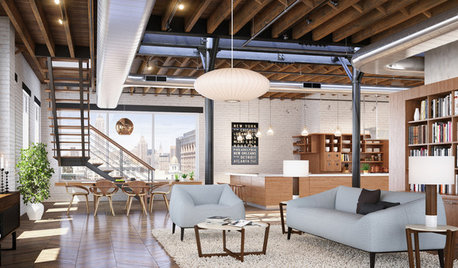
MOST POPULARIs Open-Plan Living a Fad, or Here to Stay?
Architects, designers and Houzzers around the world have their say on this trend and predict how our homes might evolve
Full Story
DECLUTTERINGDecluttering — Don't Let Fear Hold You Back
Sure, you might make a mistake when tackling a decluttering project, but that's OK. Here's why
Full Story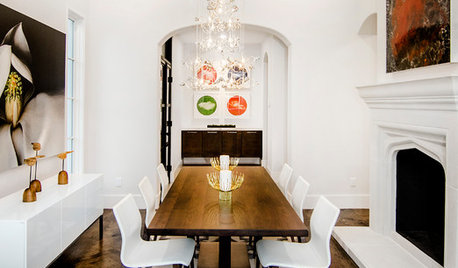
DINING ROOMSNew This Week: Proof the Formal Dining Room Isn’t Dead
Could graphic wallpaper, herringbone-patterned floors, wine cellars and fire features save formal dining rooms from extinction?
Full Story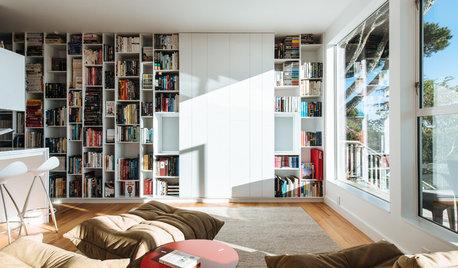
LIVING ROOMSLiving Rooms That Don’t Revolve Around the TV
In these spaces, the television takes a back seat to conversation, relaxation and aesthetics
Full Story
BLUEIs Midnight Blue the New Black?
As bold as black but much more versatile, midnight blue is becoming a star
Full Story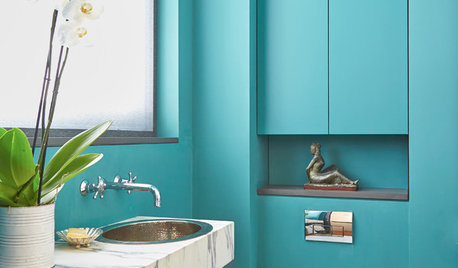
BLUE9 Beautiful Blues for Bathrooms
From soft sky to bold tropical aqua, see why this hue is making waves in bathrooms
Full Story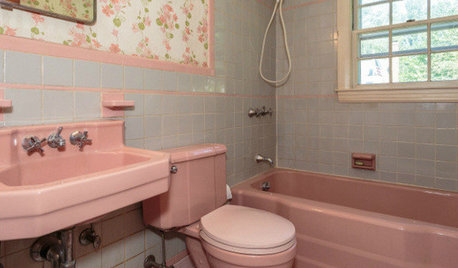
BATHROOM COLOR8 Ways to Spruce Up an Older Bathroom (Without Remodeling)
Mint tiles got you feeling blue? Don’t demolish — distract the eye by updating small details
Full Story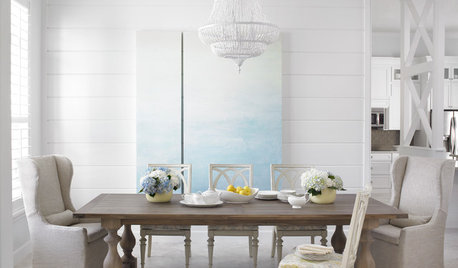
FURNITUREForever Furniture: A Buyer’s Guide to the Dining Table
There comes a time when a make-do piece of furniture won’t do. We give you a leg up on choosing the right table for you
Full Story







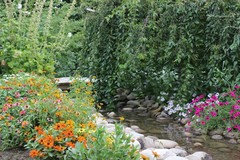


kurtosOriginal Author